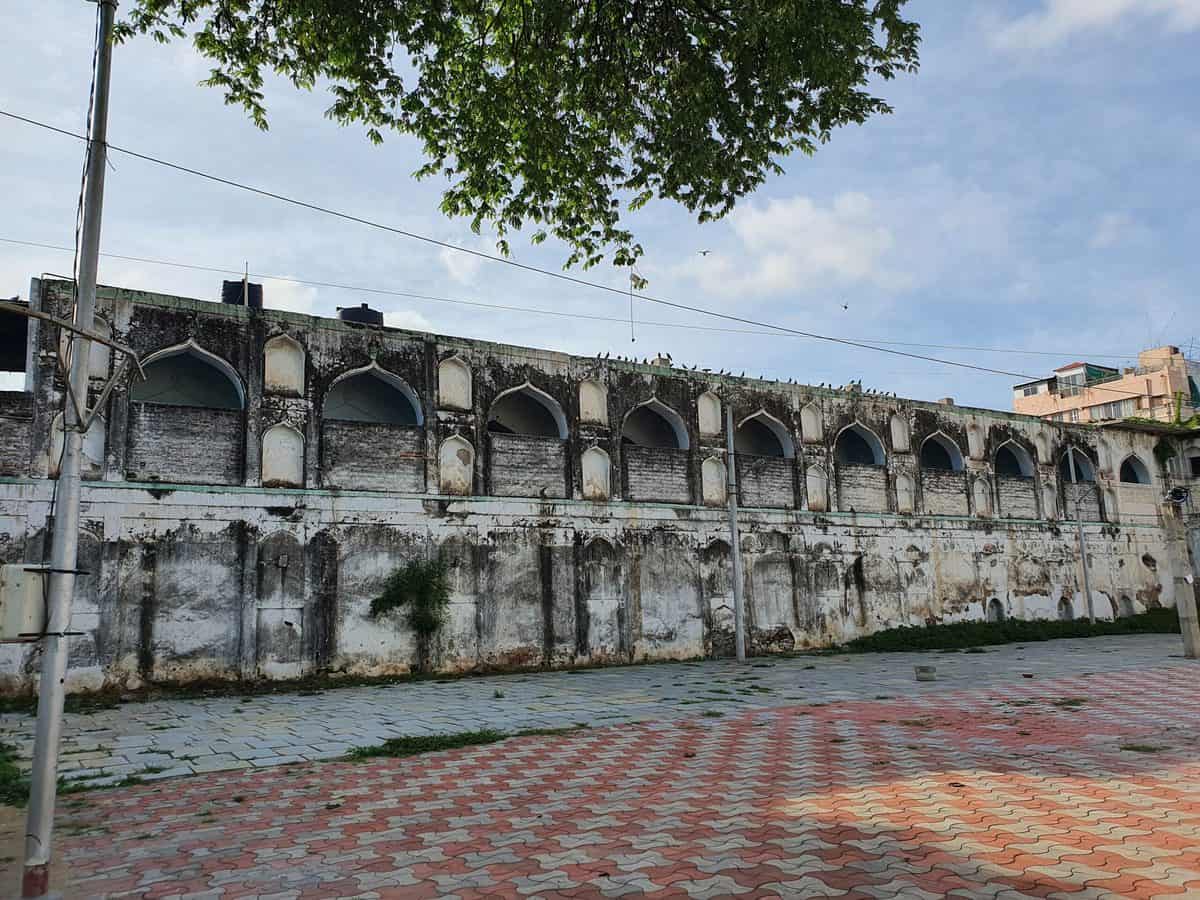Built in 1595 during the reign of Mohammed Quli Qutb Shah, the Darul Shifa was one of the first structures constructed in the city. Originally built as a double-spread hospital-cum residential college for Unani medicine, the hospital was equipped to give medicine free of cost to as many as 400 patients at a time. It is said that physicians came from as far away as Greece and Italy, besides the Persian Gulf, to attend to the sick here.
The complex also houses an Ashurkhana with the Sartauq Alam, a steel standard on which was fixed a piece of the fetters of the fourth Imam of the Shia Muslims, Hazrat Zainul Abideen. Muslims gather here to see the holy relic and mourn those who died in the battle of Karbala during the first ten days of the month of Moharrum
Built in 1595 during the reign of Mohammed Quli Qutb Shah, the Darul Shifa was one of the first structures constructed in the city. Originally built as a double-spread hospital-cum residential college for Unani medicine, the hospital was equipped to give medicine free of cost to as many as 400 patients at a time. It is said that physicians came from as far away as Greece and Italy, besides the Persian Gulf, to attend to the sick here.
The complex also houses an Ashurkhana with the Sartauq Alam, a steel standard on which was fixed a piece of the fetters of the fourth Imam of the Shia Muslims, Hazrat Zainul Abideen. Muslims gather here to see the holy relic and mourn those who died in the battle of Karbala during the first ten days of the month of Moharrum
